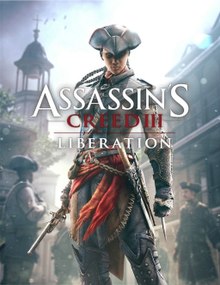Woman Magazine - owned by IPC
Assassin's Creed - Ubisoft (huge company that owns many subsidiaries
The Times - Owned by News UK which is owned by News Corp
Adbusters - reverts the theory as it is anti-mainstream and creative and subversive
Conglomerates and monopoly:
-Having a monopoly mean domination of media industries
-If the focus is on creating profit, generally conglomerates don;t take risks with the media products they produce
-This often results in limited variety, creativity and quality
Curran and Seaton - 'anti monopoly media regulation is need not only to maintain fair competition but also to prevent the distortion of democracy'
Public service broadcasting = intended for public benefit rather than commercial benefit.
A diverse media landscape = public service broadcast produce content without the sole intention of profit. Resulting in a more varied range of content across multiple media industries.

















